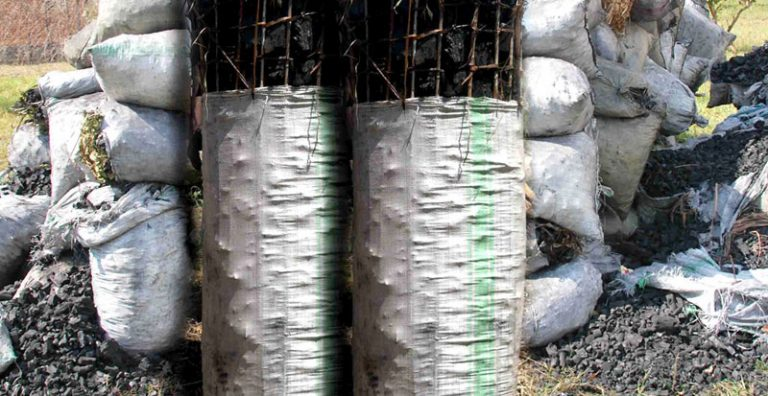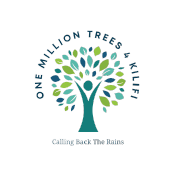
Magarini is located on the Coast of Kenya and is boarded by the Indian Ocean to the east, Kilifi North to the North, Malindi Constituency to the south, and Ganze Constituency to the West. it is approximately 5,229 square kilometers. This makes it the second largest constituency in Kilifi County, after Ganze Constituency.
In Kilifi, as of 2010, Magarini had the most tree cover at 83.3kha compared to an average of 24.7kha. Magarini and Kilifi North constituted to 69% of the tree cover in Kilifi County out of the five constituencies. According to a report by Global Forest Watch
Forest cover lost as at 2010
-
The same report shows that Magarini lost 13.4Kha of tree cover equivalent to a 19% decrease in the tree cover in the past 23 years, and 3.32Mt of Carbon Dioxide emissions. Magarini has experienced an adverse change in the tree cover since 2000-2020 amounting to – 16%. If the same trend continues it’s feared that Magarini will end up losing over 25% in the next seven years.
What are the causes of forest cover loss?
The population of Magarini as at the Census statistics of 2019 was 191,610. An increase in population results in an increase in the area of settlement. More and more acres of land have been cleared to create space for people to settle
The leading cause of forest cover loss is Charcoal burning. From the statistics 200 motorcycles carrying 8 sacks of charcoal cross through Sabaki bridge from Magarini every day before midday. It’s an indication that more and more forest cover is being cleared to find wood for Charcoal burning. The residents of this location do get their daily bread from charcoal burning and selling. Livestock keeping, Magarini residents are mostly pastoralists. They keep goats and sheep. The goats feed mostly on shrubs but when the severe droughts hit. The goats turn to the bump of trees marking the trees dry due to destruction. This has made land under afforestation difficult due to the goats that eat the young trees if the land is not fenced. Way forward As One Million Trees 4 Kilifi, we visited the areas and did a little research. The best way to increase the land under forest cover and protect the remaining forest cover is through evolving the community in environmental conservation activities. We purchased a few acres of land that will be used as a model by the community members on how they plant trees and still use it as an economic activity. The land has been integrated in such a way that the trees planted can still grow land also it can support other cash crops like millet, cassava, sweet potatoes, and ground nuts. By doing so the farmers can plant trees and also make their daily bread from the same.
We have also evolved the residents in forums about how to make seedlings beds. After the seedlings are ready for planting, the trees are bought from the farmers. This encourages the community to engage in this ecosystem restoration activities knowing that they can get money to keep their families running. This is a safer way of earning income than burning Charcoal and transporting it over 90 km. We are also involving schools within the region in tree-planting activities. Schools like Marafa Secondary School where we visited and planted over 1000 trees in May 2023. We believe that through training the young, we can safeguard our future. The students who school in these schools mostly come from the Magarini region. One student represents close to 30 community members. This means if we train 1000 students then we have trained 30,000 community members. Through collaboration and awareness creation the ecosystem which once existed will be restored. The animals and plants that are endangered will be guarded and the community will have better ways of getting their daily bread. We shall have saved Magarini.


